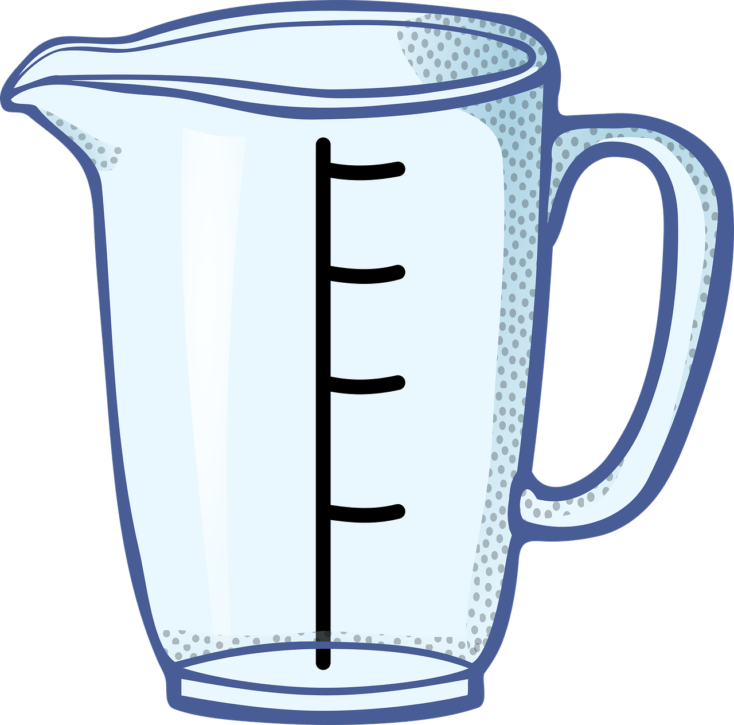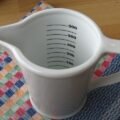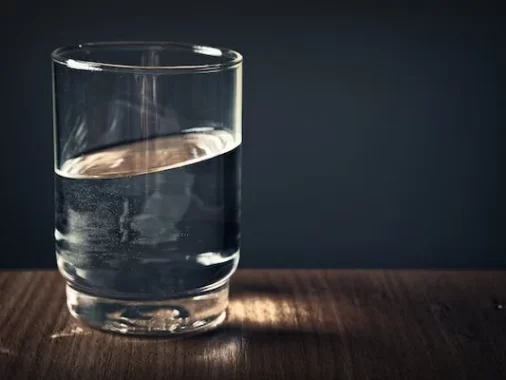In the realm of culinary arts, scientific experiments, and even everyday cooking, precision in measurements is crucial. However, navigating the vast world of units and conversions can often feel like a daunting task. One common conversion that frequently arises in the kitchen and laboratory is the conversion from milliliters (ml) to fluid ounces (fl oz). In this guide, we’ll explore the conversion of 60 milliliters to fluid ounces, offering a handy reference for those moments when you need accuracy in your recipes or experiments.
60 milliliters (ml) is approximately equal to 2.03 fluid ounces (fl oz).
Understanding the Basics
Before delving into the conversion, let’s briefly understand the units involved:
Milliliters (ml): Milliliters are a metric unit of volume. They are widely used in the scientific and culinary world for measuring liquids. One milliliter is equal to one-thousandth of a liter, making it a small but precise unit.
Fluid Ounces (fl oz): Fluid ounces are a unit of volume primarily used in the United States customary and British imperial systems. Unlike milliliters, fluid ounces can vary in size depending on the system being used. In this guide, we will focus on the U.S. customary fluid ounce, which is approximately 29.5735 milliliters.
The Conversion Factor
To convert milliliters to fluid ounces, you need to use the appropriate conversion factor. For the U.S. customary fluid ounce, the conversion factor is as follows:
1 milliliter (ml) ≈ 0.033814 U.S. fluid ounces (fl oz)
This factor tells us that one milliliter is approximately equal to 0.033814 U.S. fluid ounces.
Converting 60 Milliliters to Fluid Ounces
Now, let’s apply this conversion factor to convert 60 milliliters to fluid ounces:
Step 1: Start with the quantity in milliliters, which is 60 ml.
Step 2: Apply the conversion factor:
60 ml × 0.033814 fl oz/ml ≈ 2.02884 fl oz
So, 60 milliliters is approximately equal to 2.02884 U.S. fluid ounces.
Practical Uses of the Conversion
Understanding how to convert milliliters to fluid ounces can be immensely beneficial in various scenarios:
Cooking and Baking: Recipes often come with ingredients measured in milliliters, especially in regions that use the metric system. If your recipe calls for 60 ml of a particular liquid, you can quickly convert it to fluid ounces and understand the precise measurements of 60 ml in oz.
Medication Dosages: Some medications are prescribed in milliliters, while others use fluid ounces. Knowing how to convert between these units ensures you take the correct dosage.
Scientific Experiments: In laboratory settings, experiments often involve precise measurements. Being able to convert between milliliters and fluid ounces is essential for conducting experiments accurately.
FAQs
How much is 60 ml water?
60 milliliters (ml) of water is equivalent to approximately 2.03 U.S. fluid ounces (fl oz).
Is 1 cup 60ml?
No, 1 cup is not equivalent to 60 milliliters (ml),1 cup is equal to 240 ml
How is oz calculated?
To calculate fluid ounces (fl oz), you can use these simple conversions:
1 U.S. fluid ounce = 1/128th of a U.S. gallon.
1 U.S. gallon = 128 U.S. fluid ounces.
For other conversions, you can use these ratios as reference points.
What does oz mean in Litres?
To convert ounces (oz) to liters (L), you can use the formula:
Liters (L) = Ounces (oz) × 0.0295735
What is 330 ml to oz?
330 milliliters is approximately equal to 11.16 ounces.
How much is 60ml in oz?
60 milliliters is approximately 2.03 fluid ounces.
Converting 60 milliliters to fluid ounces or 60 ml in oz is a straightforward process when you understand the conversion factor. With a basic understanding of the relationship between these units, you can quickly and accurately make the conversion. Remember to round your result to a practical number for everyday use, making it easier to follow recipes, administer medications, or conduct experiments with precision. This handy reference serves as a valuable tool for anyone who values accuracy in their measurements, whether in the kitchen, the lab, or other everyday activities.





